2018-07-18
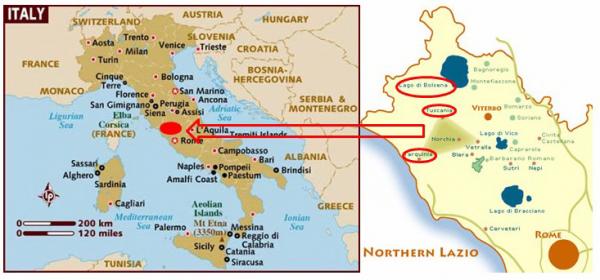
【Aiden in English】
Day two of the repeated sites. This stop was mainly to send tourists to Rome, a highlight of the cruise. However, after spending three extra days in Rome three years ago, I think it would be better to move on. While it is possibly my favorite city to revisit, there is still much to explore in Italy, such as the Etruscan Necropolises in Tarquinia and the medieval treasures of Tuscania. Ever since people possessed a higher power from the 9th to the 1st BC, there have been tombs for nobles to rejuvenate souls in the afterlife. When influenced by the Pharaohs of ancient Egypt, people strongly believed in the second life after death. The further back you go, the more expensive tombs were to build. Therefore, while not exciting, the Etruscan Necropolis of Monterozzi from 700 BC was constructed strictly for the wealthiest family in early Etruscan history, the Tarquins. Singular, one-chambered tombs are buried twenty feet underground, each holding one person at a time. This was the main attraction of the earliest urban civilization in the northern Mediterranean that we would see. It may not compare to King Tut's underground labyrinth, but it holds value. Each burial was neatly spaced with small, cozy conclaves, almost like office cubicles. The graves were cut in rock and topped by mounds shaped like mushroom huts or houses. Many decorations were carved on the interior walls. Unfortunately, time played a role in almost every tomb, fading color, eroding rock, and even collapsing some. But most survived, and with modern imaging and virtual reconstruction, we have a pretty good idea of each one. I will not lie; before the guide turned on the lights, the steps into the depths seemed pretty terrifying. Luckily, with a small button press, a tiny light flickered on. A glass wall separates me, and it is the tiniest compartment I've ever seen. Faded paintings on the walls of happy hunting and glory in battle, decorated ceilings with checkerboard patterns, and a decent living space for thousands of years. Each burial brought something new, and every time I walked down the flight of creaky wooden steps, it smelled like opening a moldy box of chocolates. The day was only half over. After lunch at the volcanic lakeside of Bolsena, we continued to medieval Tuscania, one of the oldest towns in Italy, where we walked around a bit like lost mice. The 8th-century Paleo-Christian Church of San Pietro, an acropolis outside the town walls... I will say the highlight was the morning run. However, I wasn't thinking about what I saw in the morning. No, far from it. I was thinking about tomorrow's plans, a trip to the Leaning Tower of Pisa and the enchanting city of Florence. In 2004, the Etruscan Necropolises of Tarquinia were inscribed as a UNESCO World Heritage Site. 【红霞译】
今天到了我第二次重复去过的地方,这一站主要把咱大伙送往罗马,当属整条航线最热门的景区。然而三年前我来罗马时曾多呆了三天,这回觉得最好另辟新路,罗马固然令我百看不厌,不过世间尚有很多从未欣赏的美景,譬如:塔斯奎尼亚古城伊特鲁里亚“土著人”陵墓和图斯卡尼亚古镇中世纪珍宝,值得亲自感受。
自从公元前9世纪至公元前1世纪以来,凡是既得权力者一直把墓葬视为来世灵魂重生的归宿,当时由于深受古埃及法老影响,贵族们坚信人死后一定会有第二次生命,当你回首历史,越是年代久远的地方越是讲究陵园的规模,公元前700年蒙特罗齐“小山丘”的伊特鲁里亚墓葬群便是例证,虽然谈不上气派,但在伊特鲁里亚早期历史上只有首富──伊特鲁里亚王室家族才有资格大兴土木,20英尺/6米深独门单间地下墓穴,每人一座,成为北地中海早期城市文明的代表,正是我们出游的目标。
伊特鲁里亚墓葬群也许没法与图坦卡门王地下迷宫同日而语,但却别有特色,墓穴与墓穴之间保持距离,墓室狭窄惬意,跟当今办公隔间差不多大。灵柩用岩石砌成,外表覆盖泥土,形似蘑菇状墩子窝或毛坯房之类的结构;室内墙壁装饰有不同图案,可惜日久天长,壁画褪色石块变酥坟地塌陷,每座古冢渐已变老变旧,好在凭借现代成像技术及虚拟手段可以让多数幸存下来的墓穴恢复原样,从而帮助我们抚今追昔。
说心里话,在导游打开电灯之前,摸黑下楼梯非常恐怕,幸亏小不点按钮开关带来一线光明,透过玻璃挡板一个从未见过的微小房间让我大开眼界,四周墙壁绘画的快乐猎杀与胜利喜悦、天花板装饰的棋盘图案等虽已失去光泽但依稀可辨,几千年前优裕的生活环境尚可略见一斑,各具灵柩陪葬装饰标新立异,但每当我踏上陡峭且吱嘎作响的木板台阶,一股像刚开盒捂得发霉的巧克力馊味扑鼻而来。 行程到这里为止仅仅过半。博尔塞纳“奇迹”火山湖畔吃罢午餐,我们继续游览中世纪古镇、号称意大利最老的小城之一图斯卡尼亚,沿街随便转悠,感觉犹如找不到北的耗子,八世纪修建的早期基督教圣彼得教堂、城墙外的卫城、等等,可以说上午所到之处绝对是今天出游的精华所在,不过一天下来,我不再回味早起参观的景点,不,远非如此,而要考虑明天的计划:比萨斜塔和佛罗伦萨城市奇观。 2004年,塔尔奎尼亚的伊特鲁立亚人公墓被联合国教科文组织纳入《世界遗产名录》。 Today in History(历史上的今天):
2018: Civitavecchia, the Port of Rome ITA(意大利古城·罗马港) 2018: Tuscania, the Medieval Town of Italy(意大利图斯卡尼亚·中世纪古城) 2018: Montefiascone, Pope Retreat ITA(意大利大酒瓶山·教皇度假圣地) 2018: Bolsena, Feast of Corpus Christi ITA(意大利博尔塞纳城·奇迹与火山湖) 2018: Tarquinia, the Medieval Jewel ITA(意大利塔尔奎尼亚·中世纪明珠) 2018: Tarquinia Archaeological Museum, IT(意大利塔尔奎尼亚·考古博物馆) 2018: Monterozzi, Necropolis in Italy(意大利蒙特罗齐·陵墓) 2016: Seine Estuary, France(法国塞纳河口)
2016: Le Havre, the Rebuilt City of France(法国勒阿弗尔·重建之城)
2016: The Seine in Paris, France(法国巴黎·塞纳河畔) 2016: Paris, Public Arts in France(法国巴黎·公共艺术)
2016: Paris, the City of Lights in France(法国巴黎·光明之城) 2016: Capital Paris, France(法国首都巴黎) 2014: GHCS Camp—Chinese Chess(光华营中国像棋)  Necropolis of Monterozzi (蒙特罗齐陵墓 07-18-2018) Necropolis of Monterozzi (蒙特罗齐陵墓 07-18-2018)
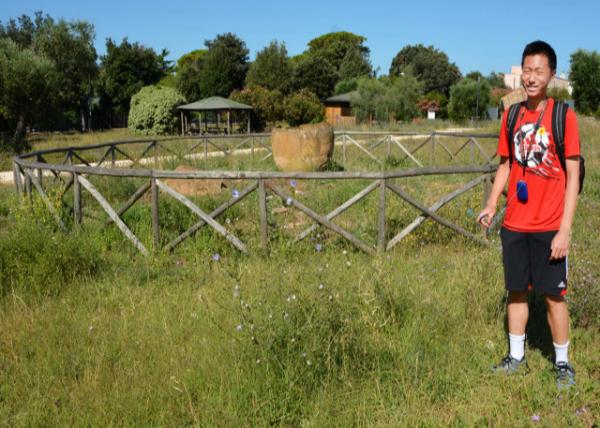 Trenches Cut in Rock, Tumuli, or Carved in Rock, in the Shape of Huts or Houses w a Wealth of Structural Details Trenches Cut in Rock, Tumuli, or Carved in Rock, in the Shape of Huts or Houses w a Wealth of Structural Details
(岩石中开凿的沟渠、古墓或岩石雕刻,形状像小屋或房屋,结构细节丰富 07-18-2018) 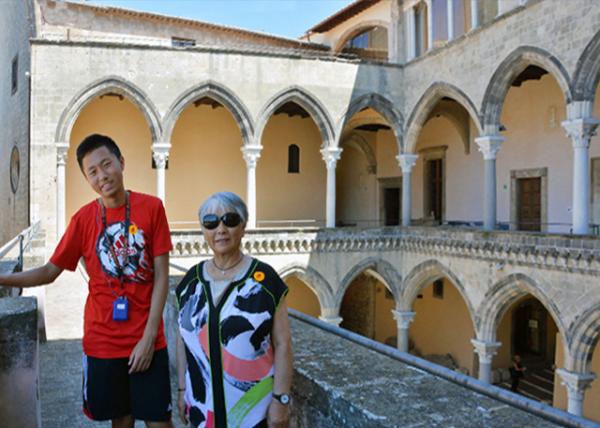 Arched Veranda of Tarquinia Archaeological Museum Arched Veranda of Tarquinia Archaeological Museum
(塔尔奎尼亚考古博物馆·拱形游廊 07-28-2018) 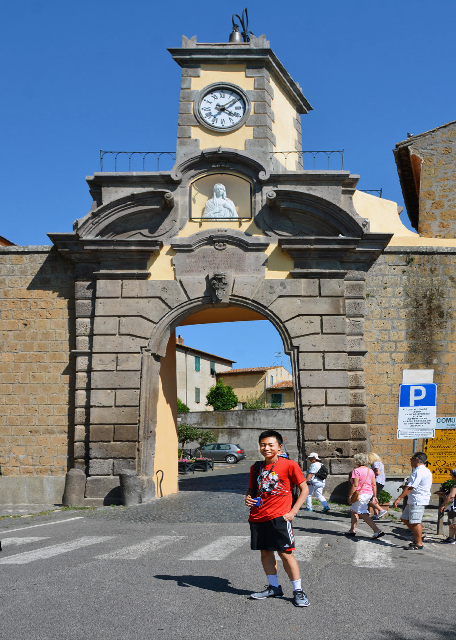
Porta del Poggio, Tuscania (图斯卡尼亚·波加“小山丘”门 07-18-2018) 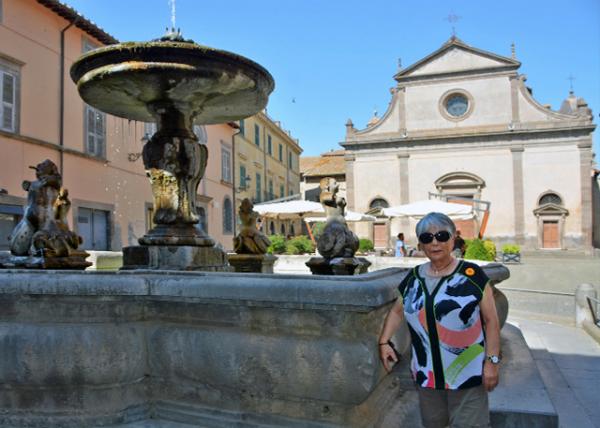 Fontana di Poggio and Duomo di San Giacomo Maggiore, Tuscania Fontana di Poggio and Duomo di San Giacomo Maggiore, Tuscania
(图斯卡尼亚·圆丘喷泉与大排挤者教堂 07-18-2018) 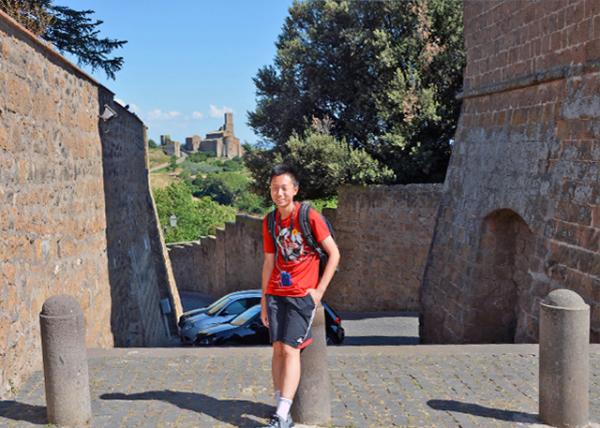 Gateway to Parco Torre di Lavello, Tuscania Gateway to Parco Torre di Lavello, Tuscania
(图斯卡尼亚·通往拉维罗“水槽”之塔公园之路 07-18-2018) 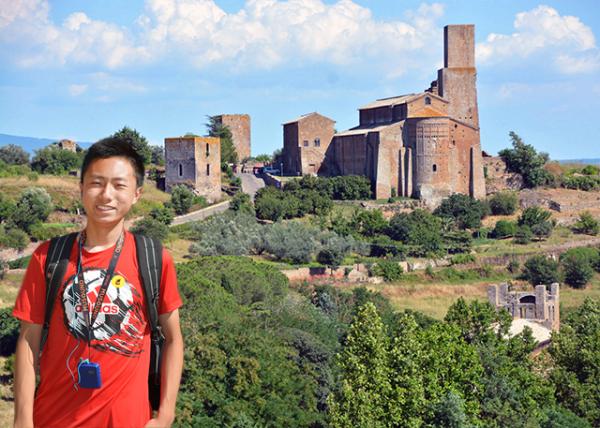 Church of San Pietro in Tuscania Church of San Pietro in Tuscania
(塔尔奎尼亚·圣彼得“磐石”大教堂 07-18-2018) 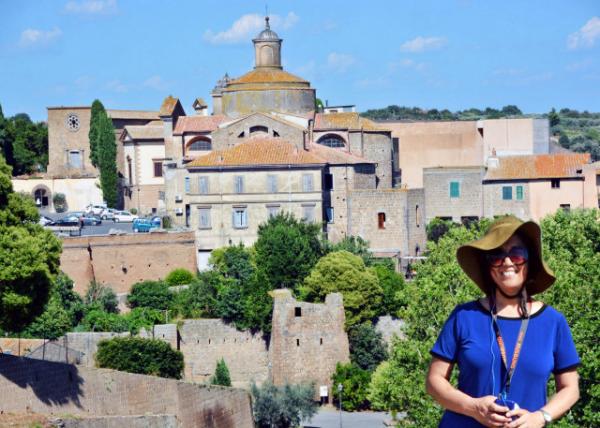 Dei Santi Martiri w/ Its Round Dome in Tuscania Dei Santi Martiri w/ Its Round Dome in Tuscania
(图斯卡尼亚·圣殉道者教堂 07-18-2018) 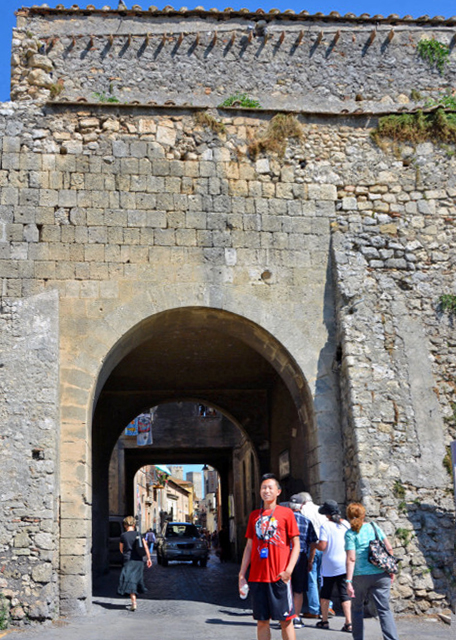
Medieval Walled City Gate, Tarquinia (塔尔奎尼亚·中世纪寨城门 07-18-2018) 
Via di Porta Tarquinia, Tarquinia (塔尔奎尼亚·塔尔奎尼亚门街 07-18-2018) 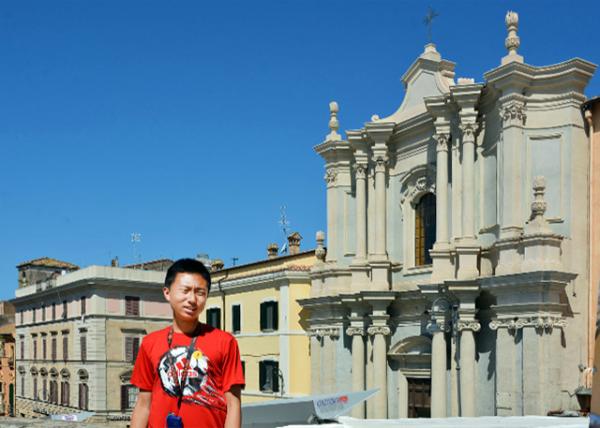 Chiesa del Suffragio (1751-1761) w/ a Late Baroque Façade Chiesa del Suffragio (1751-1761) w/ a Late Baroque Façade
(圣母升天教堂·正面为晚期巴洛克风格) 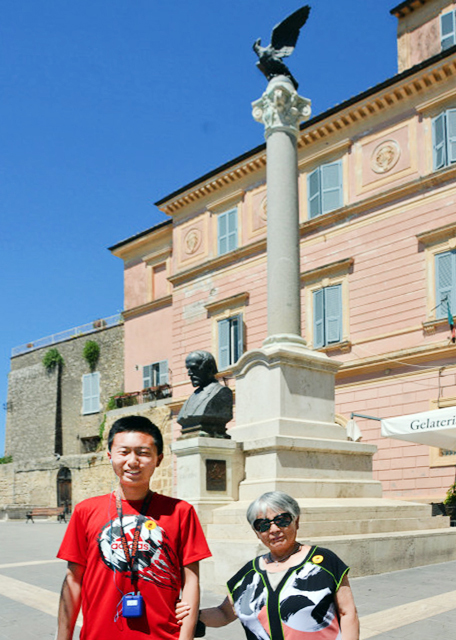
Monument of Giuseppe Mazzini in Tarquinia (塔尔奎尼亚——贾科莫·马特奥蒂“取代者·神赐”纪念碑 07-18-2018) 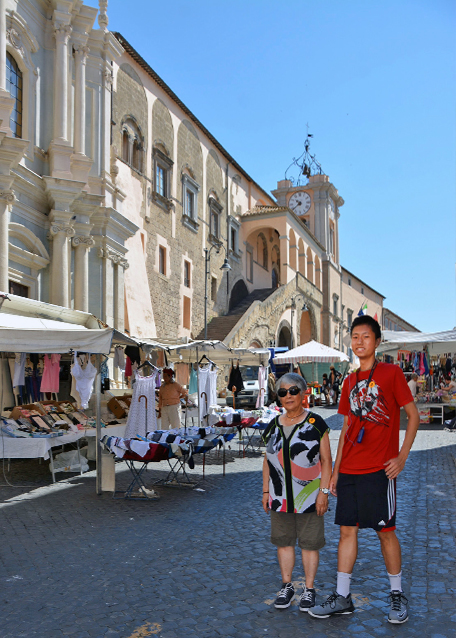
Piazza Giacomo Matteotti in Tarquinia (塔尔奎尼亚——贾科莫·马特奥蒂广场 07-18-2018) 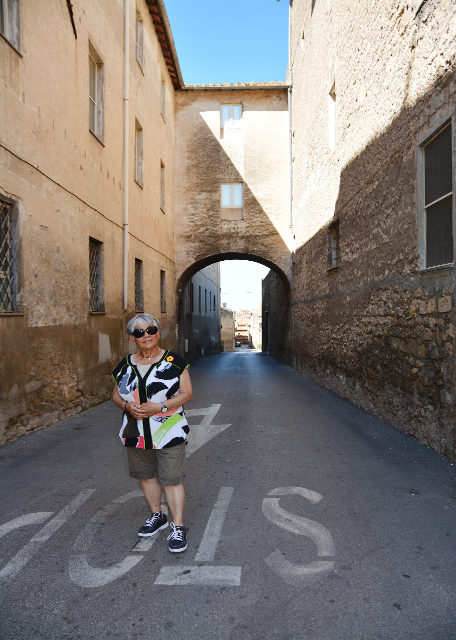
Via delle Torri in Tarquinia (塔尔奎尼亚·塔楼街 07-18-2018) 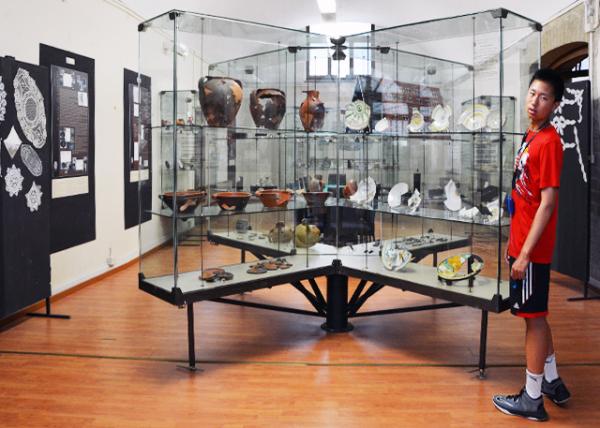 Palazzo dei Priori Then or Palazzo dei Comunale Now Palazzo dei Priori Then or Palazzo dei Comunale Now
(旧称教长宫、现为市政宫 07-18-2018) Crosslinks(相关博文): 2011: 埃及热气球空游底比斯(Hot Balloon over Thebes, Egypt) Italy(出游意大利)
Europe(欧洲掠影) 9th Grade(高中一年级) |
